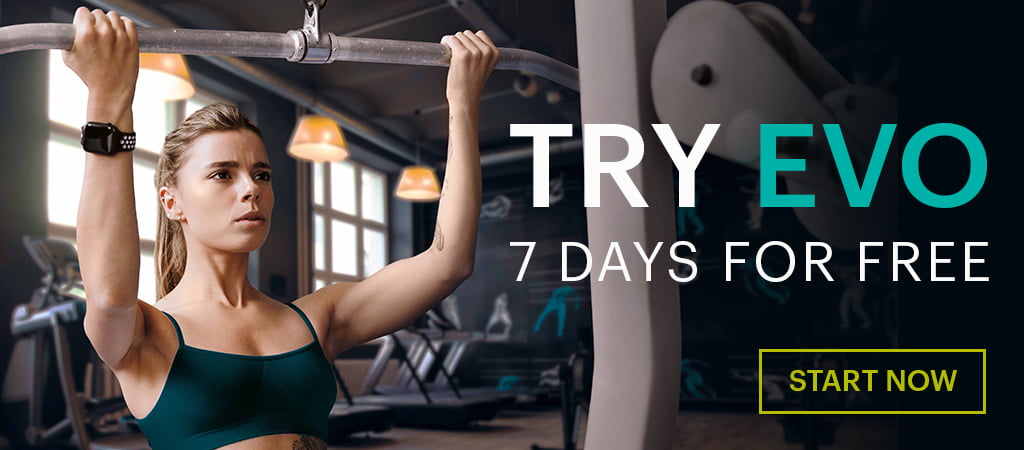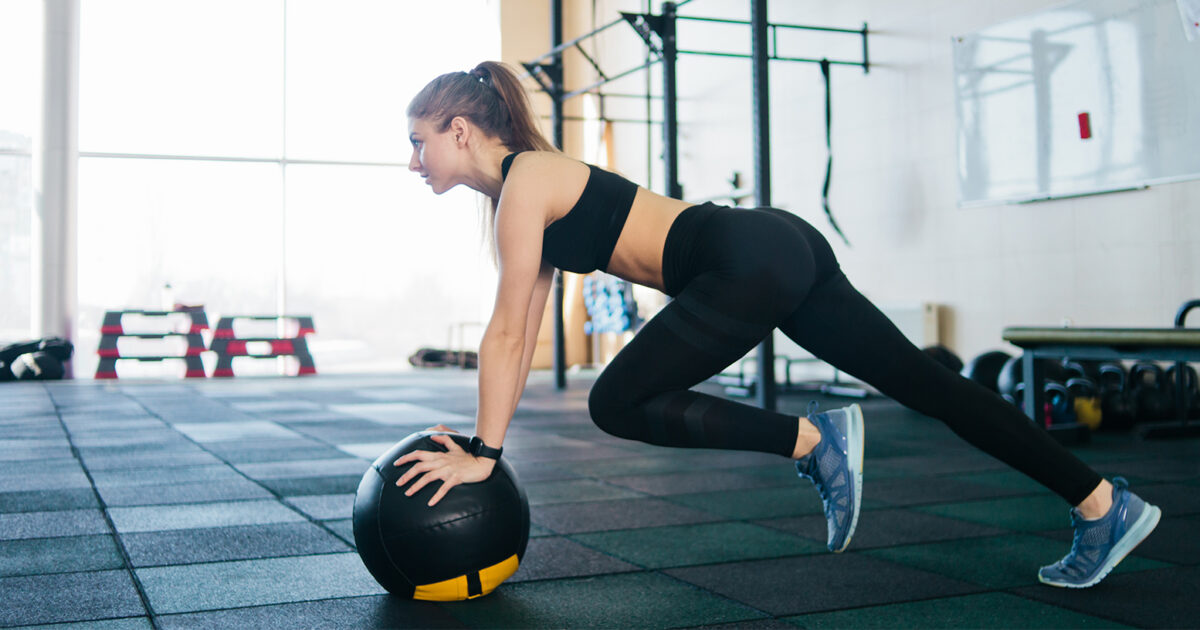Staying on top of the current fitness trends can be an overwhelming task. With myriad sources, conflicting recommendations and back and forth trends, the fitness world is a breeding ground for myths, making life difficult for those seeking a healthier and fitter lifestyle.
At EVO, we help you navigate this sea of information and support your fitness progress. So join us as we separate truth from fiction and debunk 6 fitness myths.
6 fitness myths debunked
Fitness myth number 1: No pain, no gain
Is there a quote that gets thrown around more in the fitness world than this one? Something so often shared should be accurate, right? Wrong. Soreness and pain after a workout are not mandatory. Sure, they are related. What you experience after some workouts is called DOMS: delayed onset muscle soreness. However, the pain you can feel after a workout comes from the amount of stress exerted on your muscles, not from the progress you are achieving.
Fitness myth number 2: Cardio is the best for weight loss
Contrary to popular belief, a fitness regime based solely on running or cardio exercises may not be the best option for weight loss. While it is true that cardio can help burn calories and contribute to weight loss, it’s an oversimplification of weight management. Diet, metabolism, muscle mass, and overall lifestyle are decisive factors in losing weight. Plus, strength training is also an effective way to lose weight since it helps you build muscle and increase your body’s metabolic rate, burning more calories at rest.

Fitness myth number 3: Ab exercises burn stomach fat
The sad truth is that you can’t target fat loss. Unfortunately, we can’t control the places where our bodies store fat, and that is ultimately why sit-ups or crunches won’t burn your stomach fat. However, they’ll certainly put you on the right path and help you burn overall fat — which is different. Then, your core is not the same as your abs. Abs are the exterior set of muscles, where you see that so-desired six-pack.
Your core includes your abdominal muscles, but it stretches way further than that, reaching the pelvis and the diaphragm, your back and your hips. Meaning you can have a strong core without a six-pack and vice-versa.
Fitness myth number 4: Strenght training makes you bulky
Usually a concern for women, the truth is that achieving a bulky physique demands a lot — if that were that simple, there would be considerably fewer gyms. Several factors contribute to building a muscular body: genetics, type of training program, calorie intake and consistency all play a massive role. For a beginner, however, starting to lift weights won’t make them bulky: there’s a long road until that may happen.
Fitness myth number 5: Carbs are the enemy
Often misperceived and unfairly marked as an enemy in our diets, carbs are a crucial macronutrient that provides energy. Yet, not all carbs are created equal: simple carbs such as refined sugars and processed foods can lead to energy fluctuations and weight gain. Complex carbs (found in fruits, veggies, whole grains or legumes) provide energy, vitamins, minerals, and fibre. Including a balanced portion of healthy carbs supports your goals and all-around well-being.
Fitness myth number 6: More sweat, more fat burn
It’s a common misconception, but a myth too. Sweating a lot during a routine doesn’t mean burning more fat. Sweat is the body’s way of cooling down and controlling temperature, and you can sweat more or less depending on many factors. To lose weight you must burn more calories than you consume. Sweating can suggest an intense workout, but it can’t help you burn fat — a balanced diet and a consistent routine, on the other hand, can.




